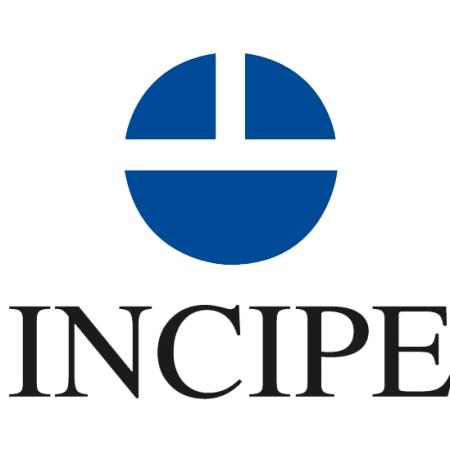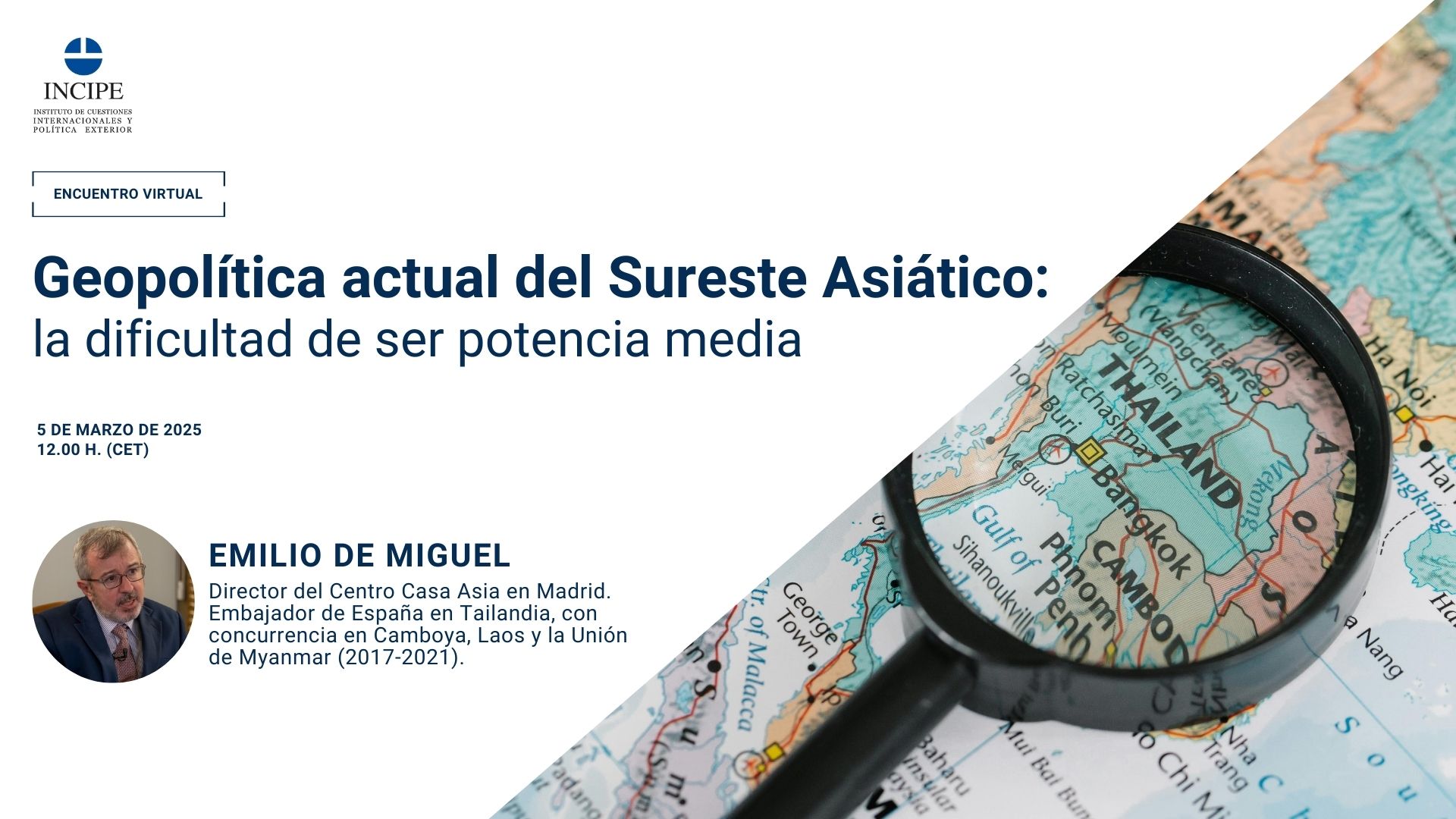The session, which was held in Spanish, brought together an audience interested in understanding the complex balance between the great powers of Southeast Asia, their economic growth, and the strategic challenges they face.
Emilio de Miguel began his intervention by highlighting that he would focus his analysis on ASEAN (Association of Southeast Asian Nations), an intergovernmental organization formed by ten countries, including the five founding members: Thailand, Indonesia, Malaysia, Singapore, and the Philippines. ASEAN was created with the aim of grouping these pro-Western middle powers in the context of the Vietnam War, to attract and maintain the interest of the United States in the region, prevent the spread of communism, and promote an environment of economic development and peace.
The end of the Vietnam War marked a decrease in U.S. interest in the region, leading ASEAN member states to sign the Treaty of Amity and Cooperation (TAC) in February 1976. This treaty aims to promote peace, stability, and cooperation in the region by encouraging the peaceful resolution of conflicts, maintaining peace, and preventing future conflicts. Currently, signing the TAC is a sine qua non requirement for countries wishing to join the East Asia Summit.
During the 1980s, the Cambodian conflict had a major regional impact. In 1978, the Khmer Rouge regime in Cambodia was overthrown by Vietnam. This intervention was interpreted as a violation of international law and caused fear among ASEAN states about the possibility of Vietnamese military intervention spreading to other neighboring countries. In this context, ASEAN acted as a mediator between the great powers, such as China, the United States, and Vietnam’s then ally, the Soviet Union.
By the late 1990s, ASEAN expanded its membership with the inclusion of Laos, Cambodia, Myanmar, and Vietnam. As Emilio de Miguel points out, «what they gained in size, they lost in cohesion.» These cohesion problems did not arise immediately, but emerged due to the vast economic disparities between member states, with a difference of 326 times between the least developed, Laos, and the wealthiest, Singapore.
After the Shangri-La Forum in 2010, the increasing discrepancies between the United States and China became evident. As a result, ASEAN took two key steps: deepening its integration and developing its regional architecture. Among the measures adopted were the implementation of the ASEAN Charter in 2007 and the creation, in 2009, of the ASEAN Community Roadmap, which aimed to improve ASEAN’s perception among regional civil societies.
In May 2025, the ASEAN Summit will be held in Kuala Lumpur, where the so-called Vision 2045 will be presented, setting the goals for the next twenty years. According to Emilio de Miguel, some aspects that could be addressed by this vision include: strengthening the General Secretariat, creating mechanisms for managing conflicts and disputes, redefining the principle of non-interference, promoting civil society participation, and achieving greater cohesion in its actions in international forums.
Emilio de Miguel also highlighted some mechanisms within the regional architecture, such as the East Asia Summit, created by ASEAN in 2005, which has become the main political and security dialogue forum in the Asia-Pacific region. In 2010, ASEAN established the expanded Defense Ministers’ meeting to foster cooperation between armed forces, as well as the ASEAN Maritime Forum, focused on maritime cooperation.
The speaker emphasized two paradigmatic examples of the functioning of ASEAN’s regional architecture in the face of international crises: the case of Myanmar and the South China Sea. In both, the lack of internal cohesion has been one of the main challenges.
To conclude his intervention, Emilio de Miguel highlighted some of the distinctive features of the foreign policy of ASEAN countries, such as the need to navigate between the rivalry of China and the United States without being forced to choose. In this regard, he noted that ASEAN is the closest association to the European Union and is going through a geopolitical moment similar to that of Europe.
Aranzazu Álvarez

